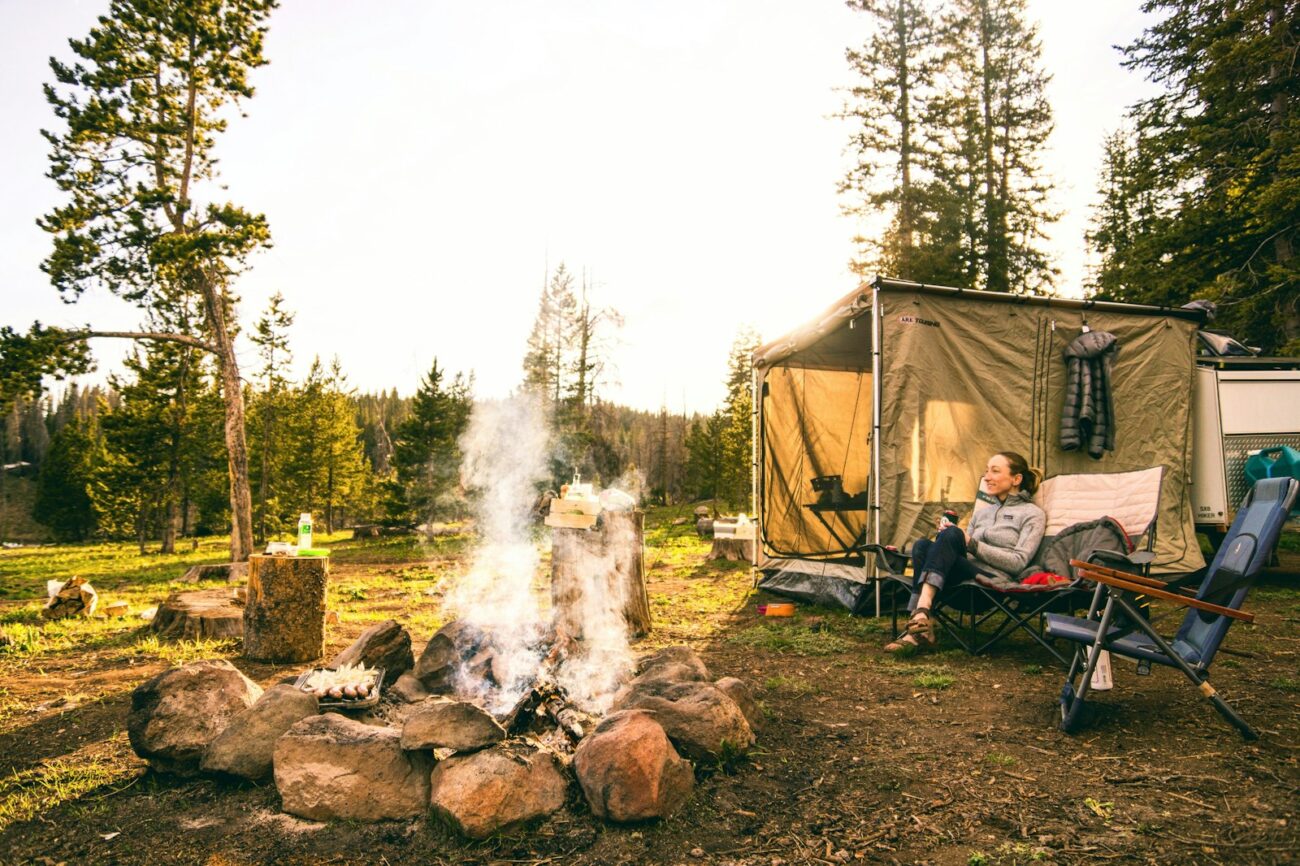Venturing into the great outdoors for a camping trip promises adventure, relaxation, and reconnection with nature. However, the difference between a memorable experience and a miserable one often comes down to what you pack. Experienced campers have learned—sometimes the hard way—that certain items are non-negotiable for comfort, safety, and enjoyment in the wilderness. These camping essentials go beyond the obvious tent and sleeping bag, extending to items that novice outdoor enthusiasts might overlook. Whether you’re planning your first camping trip or looking to refine your packing list after several outings, understanding what the veterans never leave behind can transform your outdoor experience. This comprehensive guide reveals the must-have items that seasoned campers always include and explains why these essentials deserve a permanent place on your packing list too.
Proper Weather-Appropriate Clothing Layers

Experienced campers understand that Mother Nature is unpredictable, making layering clothing an essential camping strategy rather than a mere suggestion. They always pack moisture-wicking base layers that draw sweat away from the body, insulating mid-layers like fleece or down for warmth retention, and waterproof, breathable outer shells to protect against wind and rain. This three-part system allows campers to adjust their clothing throughout the day as temperatures fluctuate, which is particularly crucial in environments where mornings might be frosty, afternoons scorching, and evenings damp. Veteran outdoor enthusiasts also pack extra socks and undergarments, knowing that keeping extremities dry is fundamental to preventing blisters, hypothermia, and general discomfort that can quickly derail an otherwise perfect camping experience.
Navigation Tools Beyond Smartphones
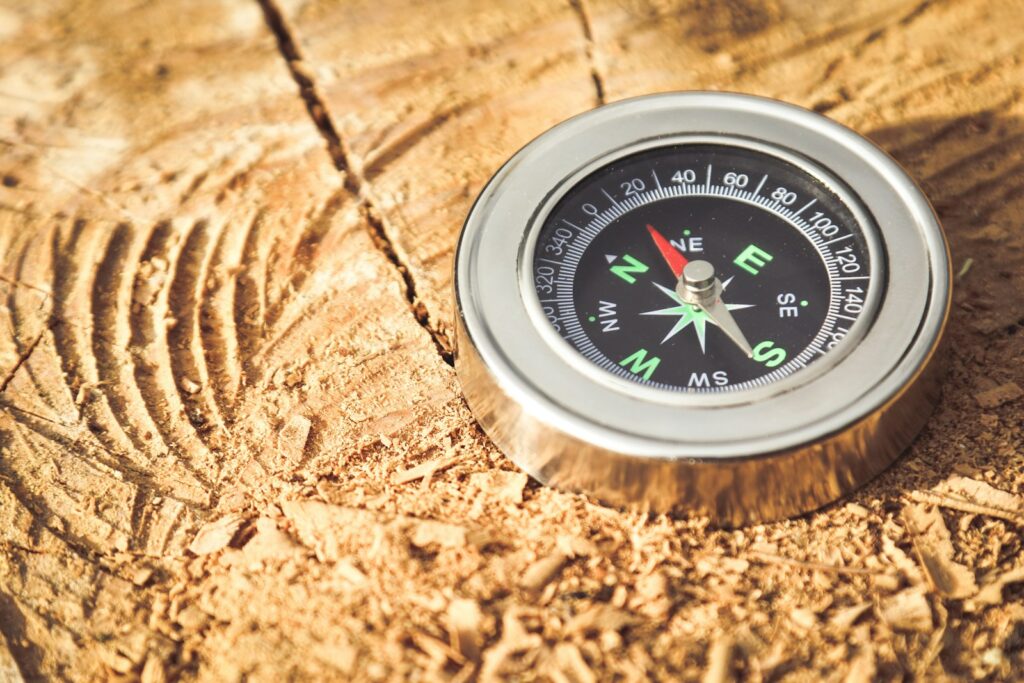
While smartphones offer convenient GPS capabilities, seasoned campers never rely solely on electronic devices that can run out of battery, lose signal, or become damaged in rugged conditions. Instead, they always carry traditional navigation tools including a detailed topographic map of the specific area they’re exploring and a reliable compass that doesn’t require connectivity or power. Many experienced outdoor enthusiasts also invest time in learning to read natural navigation signs such as the position of the sun, star patterns, and moss growth on trees as backup orientation methods. This redundant approach to navigation has saved countless campers from dangerous situations, particularly in remote areas where disorientation can quickly become life-threatening and rescue might be hours or days away.
High-Quality First Aid Kit with Wilderness Additions

Veteran campers understand that standard first aid kits often lack specialized items needed for wilderness emergencies, so they customize their medical supplies accordingly. Beyond the basics of bandages and antiseptics, they include items specific to outdoor hazards: blister treatment supplies, tick removal tools, snake bite kits where regionally appropriate, and antihistamines for allergic reactions to plants or insects. Many experienced campers also add prescription medications like antibiotics or pain relievers (with physician approval), emergency dental repair kits, and comprehensive wilderness first aid guides with specific instructions for situations when professional medical help isn’t immediately available. This enhanced medical preparedness reflects the reality that in remote settings, campers must often address injuries and illnesses self-sufficiently for extended periods before evacuation or assistance becomes possible.
Multi-Purpose Knife or Tool
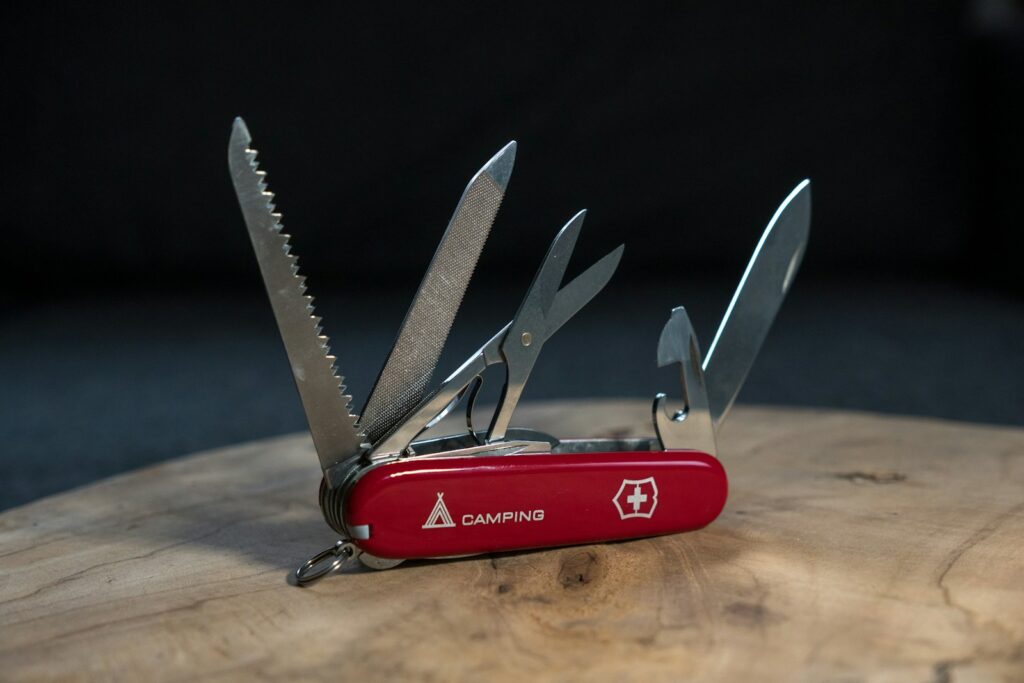
A quality multi-tool or knife represents perhaps the most versatile item in any experienced camper’s pack, serving dozens of essential functions in outdoor settings. Veterans select tools with multiple implements including blade, scissors, can opener, screwdriver, and pliers, understanding that these simple mechanisms can solve countless problems from food preparation to equipment repairs. The right multi-tool can help process kindling for fires, prepare fish for cooking, adjust tent poles or stove mechanisms, remove splinters, cut cordage, and address myriad unexpected situations that arise in wilderness environments. Seasoned campers typically invest in higher-quality options with stainless steel construction that resists corrosion from moisture and durable mechanisms that won’t fail when most needed, recognizing that this single item often proves indispensable multiple times throughout even short camping trips.
Water Purification System

Access to clean drinking water ranks among the most critical camping considerations, which is why experienced outdoor enthusiasts never rely exclusively on carrying all the water they’ll need. Instead, they pack reliable water purification methods like pump filters that remove bacteria and protozoa, chemical treatments that kill pathogens, or ultraviolet light purifiers that neutralize microorganisms in collected water. Many veterans employ a multi-pronged approach, perhaps carrying a primary filter system along with backup purification tablets, recognizing that waterborne illnesses can end a camping trip more quickly than almost any other preventable factor. This preparation ensures they can safely utilize natural water sources encountered during their adventures, significantly reducing the weight of carried water while maintaining proper hydration regardless of trip duration or unexpected extensions to their stay.
Weatherproof Fire Starters

The ability to reliably create fire regardless of conditions represents a fundamental skill that experienced campers supplement with redundant, weatherproof fire-starting tools. Veterans typically carry multiple ignition sources including weatherproof matches, ferrocerium rods (ferro rods) that create sparks even when wet, and compact butane lighters protected in waterproof containers. Beyond ignition tools, they pack fire accelerants like petroleum-jelly-soaked cotton balls, commercial fire starters, or dryer lint stored in waterproof containers that will catch a spark and sustain flame even in damp conditions. This obsession with fire redundancy stems from understanding that in wilderness settings, fire provides not just cooking capability but critical warmth in unexpected weather changes, signaling options in emergencies, and psychological comfort that can sustain morale during challenging situations.
Emergency Shelter Options

Even on day hikes or when camping with a primary shelter, seasoned outdoor enthusiasts always carry compact emergency shelter options as insurance against unexpected situations. These lightweight backups typically include items like heat-reflective emergency blankets that trap body warmth, ultralight tarps that can create impromptu rain protection, or emergency bivvy sacks that provide personal weather protection in minimal space. The logic behind this precaution acknowledges that unexpected weather changes, injuries limiting mobility, or simple disorientation can force unplanned overnight stays in the wilderness where exposure becomes the immediate threat. Experienced campers recognize that these minimal shelters weighing just ounces can prevent hypothermia and provide crucial protection during the critical hours before self-rescue or assistance becomes possible, making them non-negotiable additions to any outdoor pack regardless of planned trip duration.
Lighting System with Backup
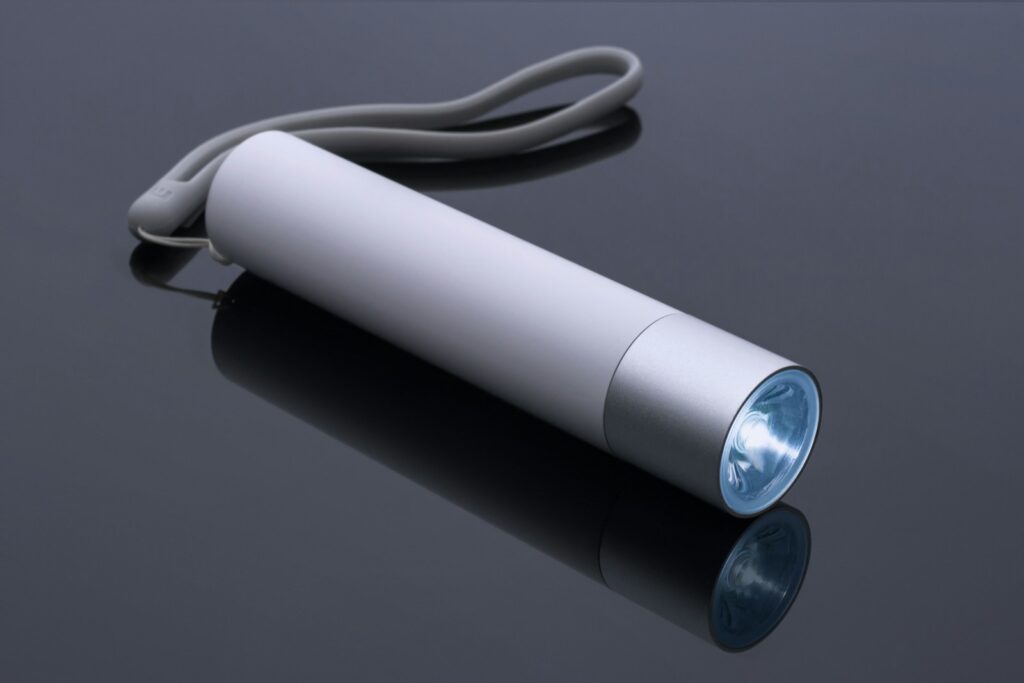
Veteran campers approach lighting with a strategic redundancy that ensures darkness never becomes a safety issue or limits necessary activities. Their primary lighting typically involves quality headlamps with adjustable brightness settings and red-light options that preserve night vision, supplemented by backup light sources like compact flashlights or lanterns for broader illumination around camp. Most experienced outdoor enthusiasts also include tiny keychain lights or glow sticks distributed among different packs or pockets, ensuring that even if primary lighting fails or becomes separated from the group, basic illumination remains available. This multi-layered approach to lighting reflects the understanding that wilderness darkness is profoundly different from urban settings—with no ambient light, even simple tasks like finding medications, checking maps, or addressing equipment issues become impossible without reliable artificial illumination.
Proper Food Storage Systems

Experienced campers recognize that appropriate food storage transcends simple convenience, becoming a matter of wildlife conservation, personal safety, and campsite preservation. In bear country, they religiously use approved bear canisters or properly executed bear hangs that keep food scents at least 10-15 feet above ground and away from sleeping areas, understanding that food-conditioned wildlife can become dangerous to humans and often must be euthanized after human encounters. Even in areas without large predators, veterans use odor-proof bags and sealed containers to prevent smaller animals like raccoons, mice, and insects from raiding supplies and potentially contaminating food with diseases. This careful approach to food management prevents wildlife habituation to human food sources, protects the food supply necessary for the camping trip’s duration, and demonstrates the respect for natural environments that characterizes truly experienced outdoor enthusiasts.
Weather-Appropriate Sleeping System
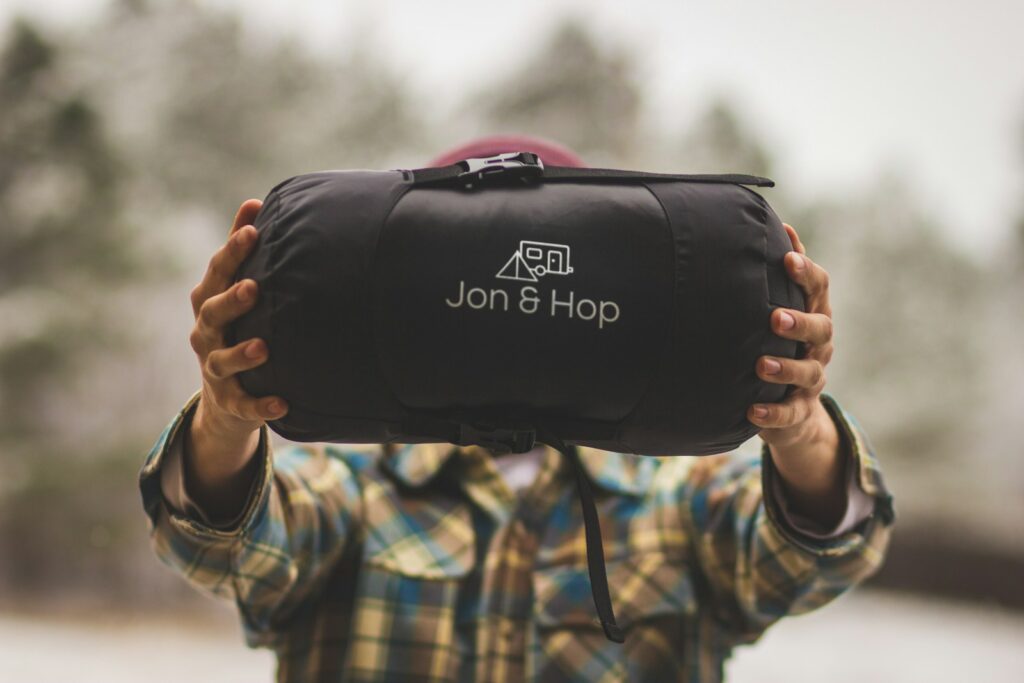
Seasoned campers understand that quality sleep directly impacts energy levels, decision-making capacity, and overall enjoyment in outdoor settings, making a proper sleeping system non-negotiable. Their approach includes selecting sleeping bags rated appropriately for the lowest expected temperatures of the environment (often choosing bags rated 10-15 degrees below anticipated lows), paired with insulating sleeping pads that provide both cushioning and crucial thermal barrier against the cold ground. Many veterans supplement with items like sleeping bag liners that can add warmth when needed or serve as standalone options in warmer conditions, and small pillows that improve sleep quality without adding significant weight. This systematic approach to wilderness sleep acknowledges that rest quality affects everything from mood to physical performance to safety decisions, making it one of the most impactful systems to optimize for successful camping experiences regardless of environment or season.
Repair Kits for Essential Equipment
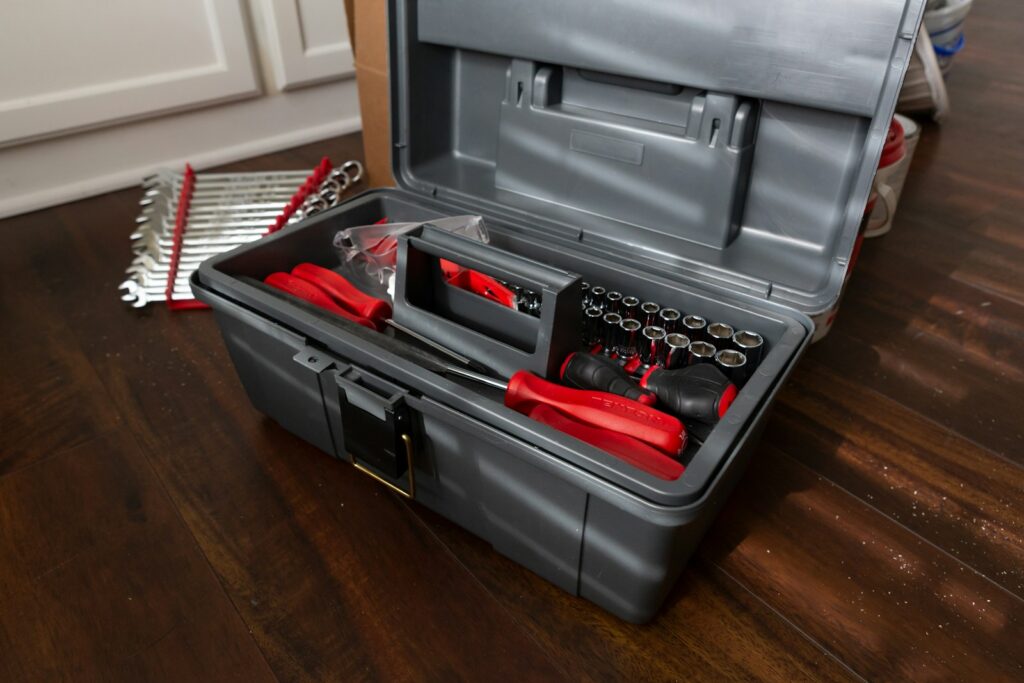
Experienced campers prepare for equipment failures with specialized repair kits tailored to their specific gear, recognizing that in remote settings, self-sufficiency becomes essential. These customized kits typically include items like tent pole splints, seam sealer, gear tape, replacement stove parts, sleeping pad patches, and multi-sized needle and thread sets capable of repairing everything from clothing to backpacks. Veterans often store these items in waterproof containers organized by equipment category, making them quickly accessible when needed without spreading repair supplies throughout different packs. This preparation reflects the reality that in wilderness settings, equipment failures rarely resolve themselves, and even seemingly minor issues like a torn tent fly during rainstorms or damaged pack straps on long hikes can escalate into significant problems affecting comfort, safety, and the ability to continue planned activities.
Communication Devices Beyond Cell Phones

While many camping areas have improved cellular coverage in recent years, veteran outdoor enthusiasts never rely exclusively on standard cell phones for emergency communication. Instead, they employ layered communication systems often including satellite messengers or personal locator beacons (PLBs) that can transmit emergency signals from virtually anywhere on the planet, regardless of cellular infrastructure. Many experienced campers also carry compact weather radios that provide crucial forecasting information even in areas without internet access, helping anticipate dangerous weather changes before they arrive. Some groups also utilize two-way radios for communication between members who might separate during activities, ensuring coordination without requiring everyone to stay within visual contact. This comprehensive approach to communication acknowledges the reality that in true emergencies, reliable contact with rescue services can make the critical difference between a manageable situation and a life-threatening one.
Cash and Identification Documentation
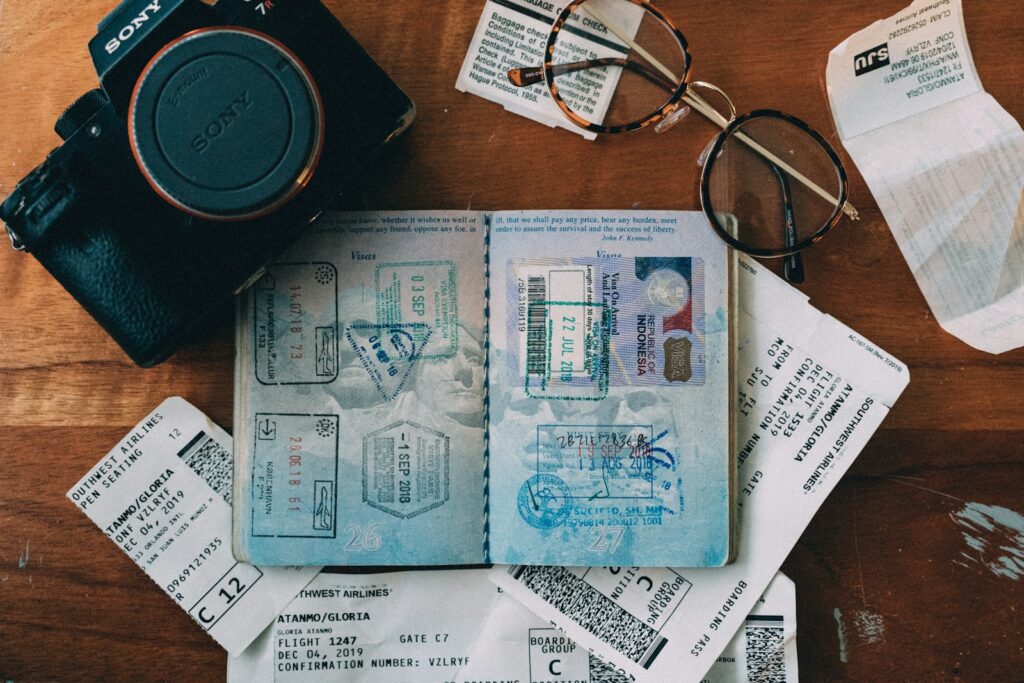
Perhaps surprisingly to novices, experienced campers always include secure waterproof storage containing emergency cash and identification documents, regardless of how remote their destination. This preparation acknowledges that even wilderness trips often begin or end with interactions in small gateway communities where credit card machines may be unreliable, ATMs nonexistent, or where unexpected transportation needs might arise requiring immediate payment. Veterans typically include photocopies of identification, insurance cards, and emergency contact information in waterproof containers, understanding that if evacuation becomes necessary or original documents are lost, having backup documentation simplifies access to medical care or replacement transportation. This seemingly urban preparation actually reflects deep wilderness wisdom—experienced campers understand that most outdoor adventures exist within larger journeys that include transitions through developed areas where documentation and financial resources suddenly become essential.
The items that experienced campers never forget aren’t arbitrary additions to their packing lists—they represent lessons learned through challenging situations, unexpected circumstances, and the accumulated wisdom of countless nights under the stars. By adopting these essential items into your own camping preparation, you’re not just mimicking veterans; you’re embracing a philosophy of self-sufficiency, safety consciousness, and readiness that defines successful outdoor experiences. The true value of proper preparation becomes apparent not just during emergencies but in the confidence it provides, allowing you to focus on enjoying nature rather than worrying about what you might have forgotten. Whether you’re camping in established sites or venturing into remote backcountry, these essentials form the foundation of responsible outdoor recreation that respects both the environment and your own wellbeing. Pack thoughtfully, travel prepared, and you’ll discover why experienced campers consider these items non-negotiable companions on every wilderness adventure.

